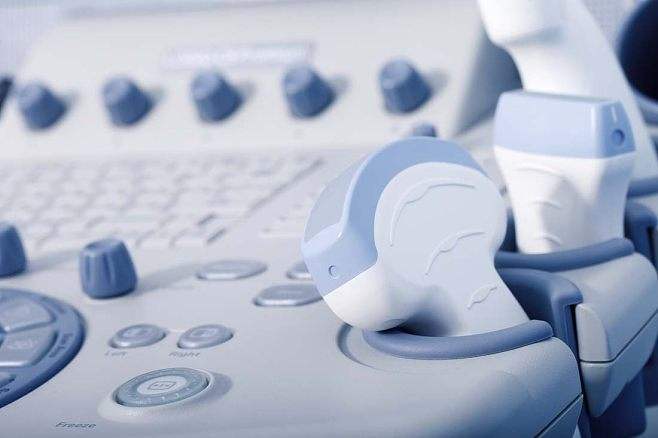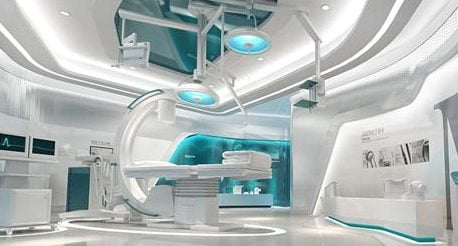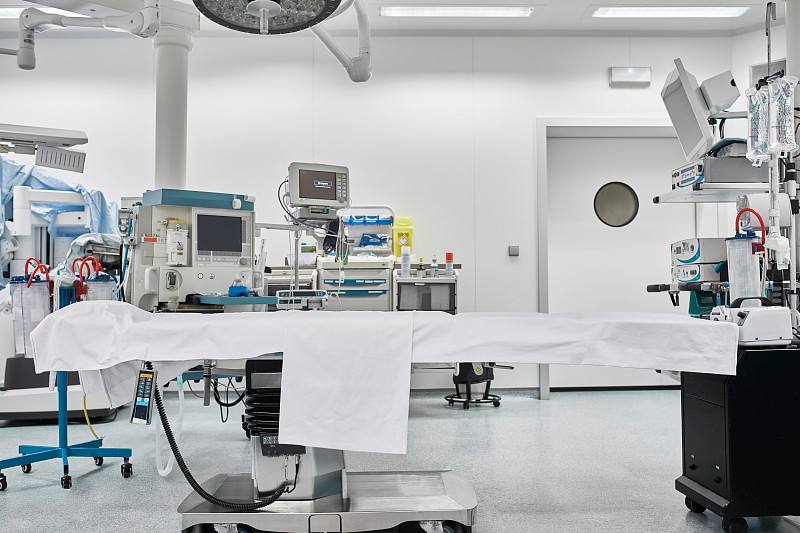The medical device industry has a dynamic growth trend. Difficult materials, complex workpiece shape and frequent small batch production have put forward higher requirements for the processing of medical devices.
The medical device industry has put forward new requirements for professional precision cutting tools.
Difficult materials, complex workpiece shapes, and frequent small batch production place high demands on tools used to process specialized medical devices.
Implants and prosthetics, for example, play an important role in successful surgery, helping surgeons to achieve optimal medical results. The tool used to process medical devices determines the quality of medical devices to a large extent.
Medical parts processing materials difficult to process:
Titanium alloys are commonly used in the manufacture of hip joints, bone screws, knee joints, bone plates, dental implants, and spinal joint components.
In addition, the high cutting force in the machining process, combined with the friction when the chip flow, will lead to the tool local cutting heat is too high.
However, the poor thermal conductivity of titanium alloy makes the cutting heat cannot be transmitted out quickly. As a result, a large amount of cutting heat is concentrated on the cutting edge and tool surface.
High cutting force, cutting heat will lead to the formation of crescent, and lead to rapid tool failure.

Reliable and compact machine
Medical device processing equipment needs to be able to process small and complex parts made of difficult-to-process materials with high precision, such as processing bones and joint replacement parts is quite complex.
Because of the poor machinability of the material being machined, the blank is usually bar material -- which means a lot of metal needs to be removed.
As a result, a portion of the parts are cast into a near-finished shape, but this also adds to the hassle of making complex and expensive clamps. Another factor that adds complexity to machining is the narrow tolerance range.
As a result, a portion of the parts are cast into a near-finished shape, but this also adds to the hassle of making complex and expensive clamps. Another factor that adds complexity to machining is the narrow tolerance range.
Thus, the machine tool, fixture, tool, CAM software and so on put forward a very high request. The workpiece is usually processed on advanced medical instrument processing equipment such as Swiss automatic lathes, multi-spindle machines and rotary tables.
Most of these machine tools are characterized by very small size and compact structure.

Medical parts and accessories require high processing efficiency:
High requirements on processing efficiency. For medical devices, the most important thing is the processing efficiency, that is, the processing rhythm, which requires that the blade can be replaced in the shortest time.
Medical parts and accessories requirements for finishing surface finish:
From the workpiece itself, and other mechanical parts have a big difference.
The medical instruments implanted into human body are required to have a very good surface finish and a very high precision without any deviation, which requires the tool from the design of blade structure to the design of blade coating to meet high processing requirements.













